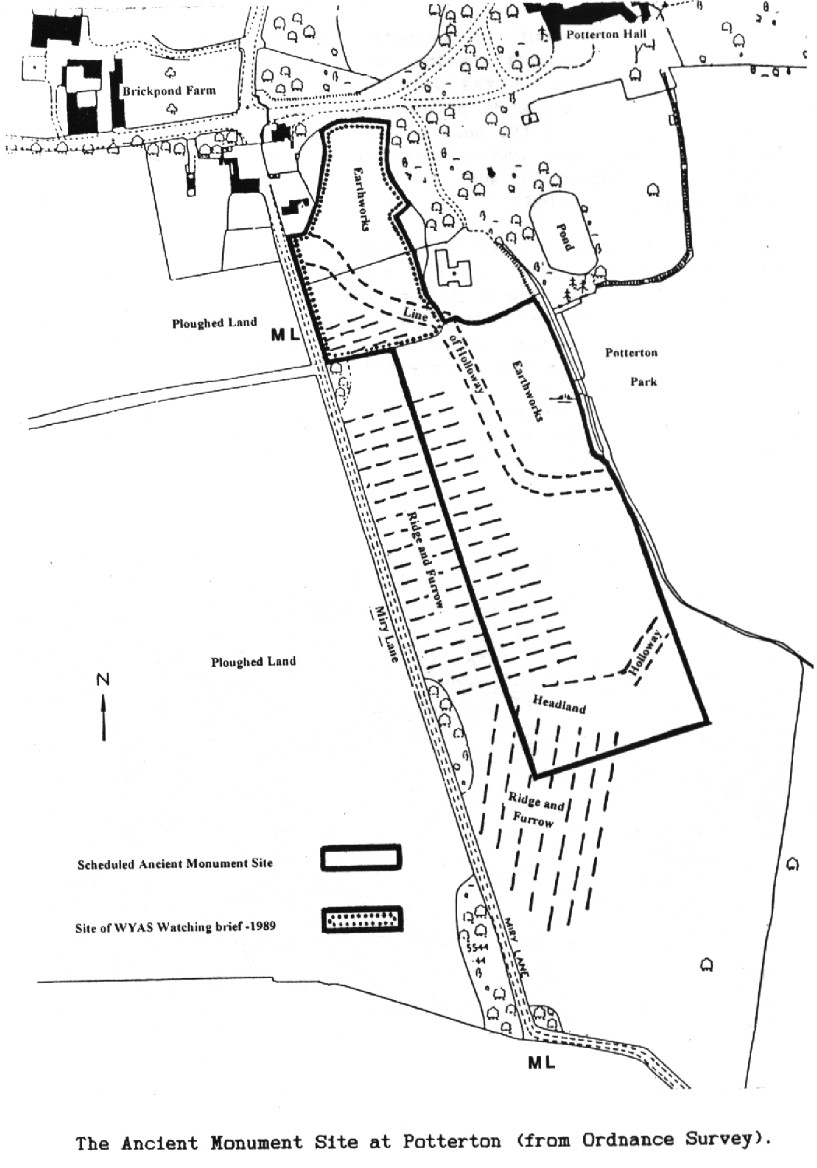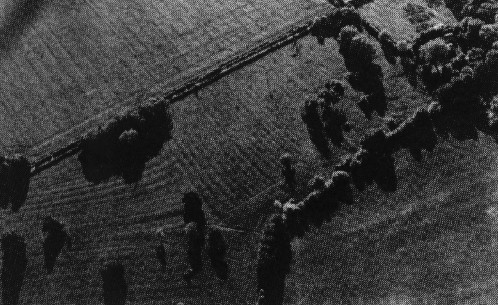


| NAME | OCCUPATION | WILL MADE | WIll PROVED |
| John Setle | Husbandman | 4 Jan. 1572 | 17 June 1572 |
| William Shanne | Yeoman | 16 Mar. 1573 | 28 Apr. 1574 |
| Richard Danyell | Husbandman | 13 Apr. 1574 | 9 May 1574 |
| Elizabeth Settle | Widow | 7 May 1579 | |
| Thomas Potter | Husbandman | 15 Aug. 1584 | 14 Nov. 1584 |
| Robert Setle | Husbandman | 1585 | 5 Feb. 1585 |
| Richard Shanne | 31 May 1586 | 5 Apr. 1584? | |
| Henry Setle | Husbandman | 7 Nov. 1586 | 21 Oct. 1587 |
| William Mawson | 2 Dec. 1587 | 2 Nov. 1588 | |
| Richard Wilson | Yeoman | 14 Oct. 1595 | 6 Mar. 1594 |
| Leonard Sethle | Husbandman | 3 June 1606 | 2 Oct. 1606 |
| John Haire | Wheelwright | 11 Nov. 1606 | 22 Apr. 1613 |
| Richard Vevers | Tanner | 1 Mar. 1610 | 4 Oct. 1611 |
| Margaret Potter | Widow | 26 Mar. 1614 | 9 Apr. 1614 |
| Richard Settle | Husbandman | 27 Aug. 1617 | 6 Nov. 1619 |
| John Setle | Yeoman | 25 Aug. 1622 | 8 Nov. 1623 |
| Thomas Hemsworth | 18 Dec. 1626 | 18 Oct. 1627 | |
| Richard Settle | Tanner | 13 Sept 1629 | 26 Feb. 1630 |
| Richard Potter | Yeoman | 17 Oct. 1638 | May 1639 |
| John Ball | Blacksmith | 23 June 1644 | Feb. 1644 |
| Richard Shan | Yeoman | Nov. 1646 | |
| John Settle | Yeoman | 17 Sept 1668 | |
| Robert Settle | Chandler | 21 Jan. 1669 |
| "From which wood (Cockshot) the Bounder of the Said Mannor doth pass over a common called Potterton Moore; over which Moore (being the common lyinge within the mannor of Barwicke aforesaid from the East ende of the said Wood called Cockshutte), there lieth directly an olde ditch which remaineth to this day a very antient Bounder and doth divide and bounder the common of Potterton and Thorner being undivided in common between the tennants of both Mannors..." |
| "Robert Ellys of Kyddall Esq. to Thomas Wetherall of Abberforthe, yeoman. Lease of rabbit warren on Potterton Moor for 21 years. Rent, 6 couple of 'bunnyes' each of first 6 years, and 15 couple each of remaining 15 years." |
| Name | Occupation | Residence |
| John Gascoigne | Barnbow | |
| William Ramsden | Longley | |
| Richard Vevers | Tanner | Potterton |
| John Settle | Glover | Potterton |
| Richard Settle | Webster | Potterton |
| William Hopwood | Labourer | Potterton |
| William Settle | Yeoman | Potterton |
| Peter Saxton | Clerk | White Cote(?) |
| Willam Danyell | Yeoman | Potterton |
| John Ellis | Kiddal | |
| Richard Potter | Yeoman | Potterton |
| Baptisms | Burials | Marriages | |
| Numbers | 28 | 24 | 5 |
| Annual Average | 2.8 | 2.4 | 0.5 |
| Multiplier | 30 | 31 | 125 |
| Total Population (approx.) | 84 | 74 | 62 |